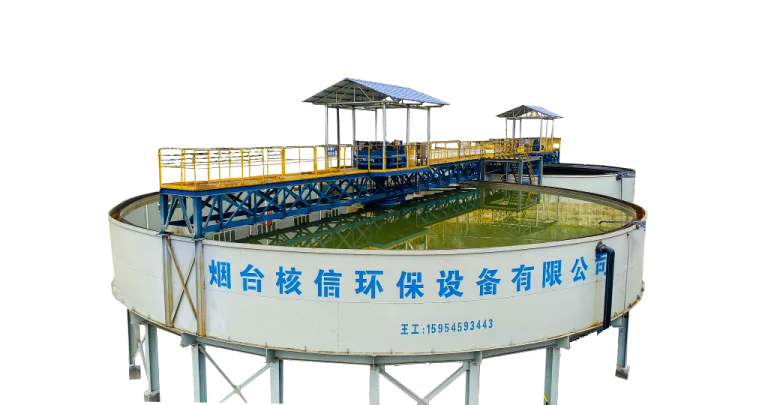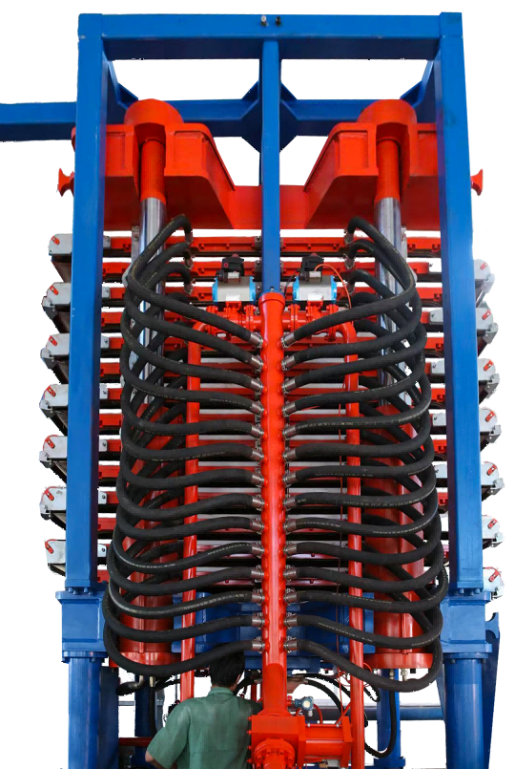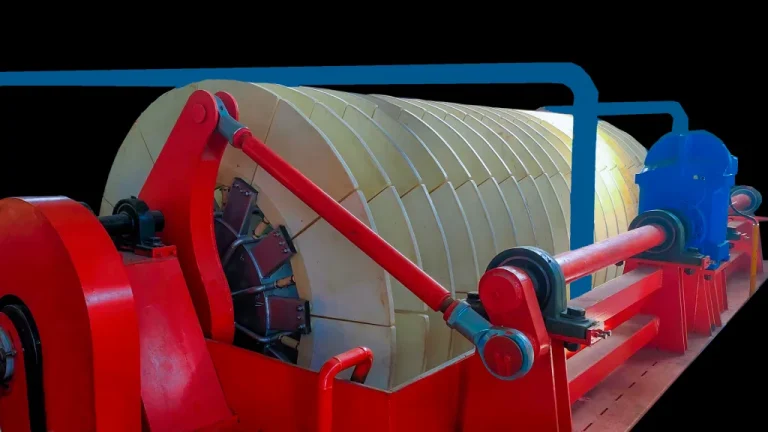Understanding the Role of Thickeners in Industrial Applications
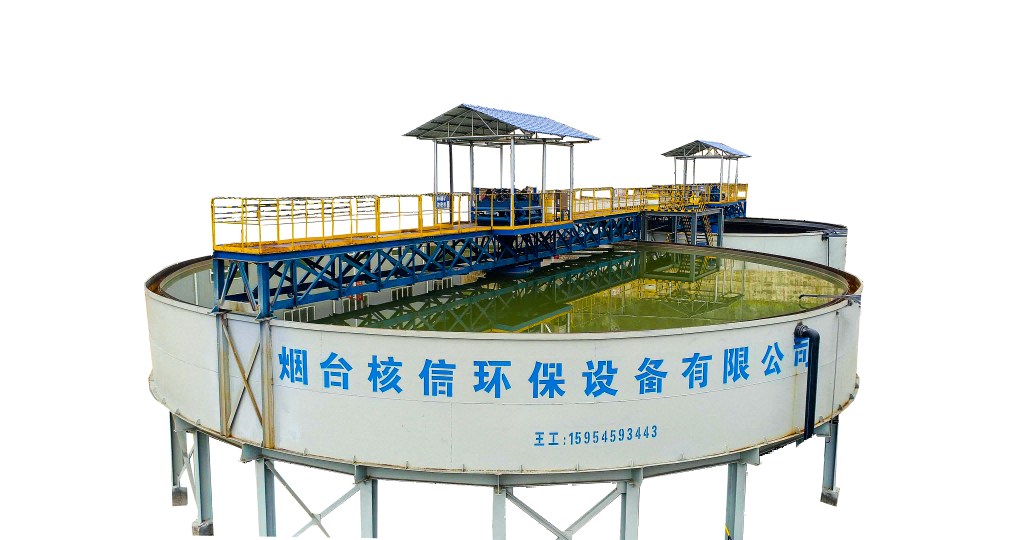
The Basics of Thickening Technology
Thickening tech is a cornerstone in industrial work. It’s all about splitting solids from liquids. The process packs more solid bits into slurry while grabbing as much water as possible. Thickeners pull this off through gravity settling. Heavy solids sink to the bottom. Clear liquid floats up for collection.
Key Functions of Thickeners in Industrial Processes
Thickeners wear many hats across trades. They shrink waste piles by bulking up solids. This makes disposal or extra processing a breeze. They’re big on water reclaiming too. Industries can reuse water and cut their eco-mark. High-efficiency thickeners, like the NGZ High-Efficiency Thickener, juice up these tasks. They speed settling and boost running smoothness.
Common Industries Utilizing Thickening Equipment
Thickening gear pops up in all sorts of fields. Think mining, metallurgy, chemical work, and wastewater cleanup. In mining and metallurgy, they handle tailings and drying jobs. In wastewater plants, they pack sludge tight for easy handling and tossing.
Features and Advantages of High-Efficiency Thickeners
Enhanced Water Recovery Capabilities
High-efficiency thickeners are built to pull max water from slurry. This slashes fresh water use. It also shrinks the eco-footprint of industrial gigs. Their slick designs speed up settling. They nail clean splits between solids and liquids.
Reduction in Environmental Impact and Resource Usage
Trades face heat to go green these days. High-efficiency thickeners step up big. They cut water waste and sip less power during runs. These setups vibe with global green goals. They push resource saving hard.
Improved Space Utilization and Compact Design
Today’s thickener designs keep things tight without skimping on punch. This is gold for spots with little room. The NGZ High-Efficiency Thickener shows this off with a piece-by-piece build. It’s easy to set up and uses space smart. The materials picked for these rigs are top-shelf. They ensure grit and trustiness.
Operational Cost Savings Through Efficiency
High-efficiency thickeners save cash over time. They speed settling and use less juice. Their sturdy build means less fix-up time. That cuts downtime and ramps up output. The machine is famed for low hiccups and high punch.
Enhancing Thickener Performance Through Upgrades and Maintenance
The Importance of Regular Maintenance for Optimal Efficiency
Keeping thickening gear in check is key for top performance. Regular peeks spot wear early. This dodges pricey fixes or swaps later. If trouble hits post-warranty, 24-hour online help is on tap.
Upgrading Older Thickeners to Modern Standards
Revamping old thickeners with fresh tech can crank their game. New tricks like auto-controls, tougher materials, and sharper designs let vintage gear match today’s needs. The company’s been crafting filter machines for about 20 years.
Tailored Solutions for Site-Specific Requirements
Every industrial spot’s got its own quirks—scale, material type, or green rules. Custom fixes from outfits like Yantai Hexin Environmental Protection Equipment Co., Ltd., hit these needs dead-on. They dish out lifelong tech backup and tailored setups.
The Impact of High-Efficiency Thickeners on Sustainability Goals
Contribution to ESG Objectives Through Water Conservation
High-efficiency thickeners are MVPs for Environmental, Social, and Governance (ESG) aims. They shine at saving water. These rigs are built to pull heaps of water from industrial runs. This cuts reliance on fresh sources. In water-heavy trades like mining or wastewater cleanup, they reclaim tons from slurry for reuse. This trims eco-harm and vibes with global green targets.
The NGZ High-Efficiency Thickener nails this with slick settling tricks. It maxes water grab. Its materials are high-grade. They keep things tough and trusty. By weaving these systems in, trades shrink their water mark and boost broader eco-goals.
Minimizing Carbon Footprint with Energy-Efficient Designs
Energy saving is another win for high-efficiency thickeners. Old-school gear often gulps power with clunky designs. Modern ones are crafted to sip energy. They use sharp setups to speed settling and ease running loads.
Take their auto-controls and piece-by-piece builds. These cut power needs while keeping performance high. The machine’s known for few glitches and solid output. Lower energy use means cheaper bills and fewer carbon puffs. It greens up operations.
Reducing Waste through Improved Solid-Liquid Separation
Nailing solid-liquid splits is key for cutting waste in industrial work. High-efficiency thickeners pack solids tighter than older models. This shrinks waste piles. It makes handling and tossing easier. It also lets you grab valuable bits from slurry.
In mining, these rigs streamline tailings by drying them out. In wastewater plants, they bulk up sludge for simpler processing. By plugging high-efficiency thickeners into workflows, trades use resources smarter and cut eco-damage.
Choosing the Right High-Efficiency Thickener for Your Needs
Factors to Consider When Selecting a Thickener
Picking the right high-efficiency thickener means weighing a few things for top fit and punch. Key bits include:
- Material Type:Different rigs suit different slurry vibes. Know your feed’s makeup to pick smart.
- Capacity Requirements:The thickener’s size and flow need to match your workload.
- Environmental Conditions:Heat, damp, or chemical exposure can sway gear performance.
- Space Constraints:Tight designs work best for cramped spots.
- Energy Efficiency:Low-power models save cash and green points long-term.
Customization Options for Specific Industrial Applications
Custom tweaks are huge for fitting thickeners to specific jobs. Every gig’s got unique needs—material quirks, work scale, or legal rules. Makers offer dialed-in fixes that hit these marks sharp.
Yantai Hexin Environmental Protection Equipment Co., Ltd., for one, crafts custom setups to match client needs slick. They toss in lifelong tech support and tailored plans. These personal touches crank efficiency and keep rules in check.
Partnering with Experts for Optimal Equipment Selection
Teaming up with pros is a must when picking high-efficiency thickening gear. Experts dish insights on design, setup, and upkeep. They ensure smooth weaves into your workflow.
The company’s been at filter machines for about 20 years. Their deep know-how guides you to the best gear for your specific gig.
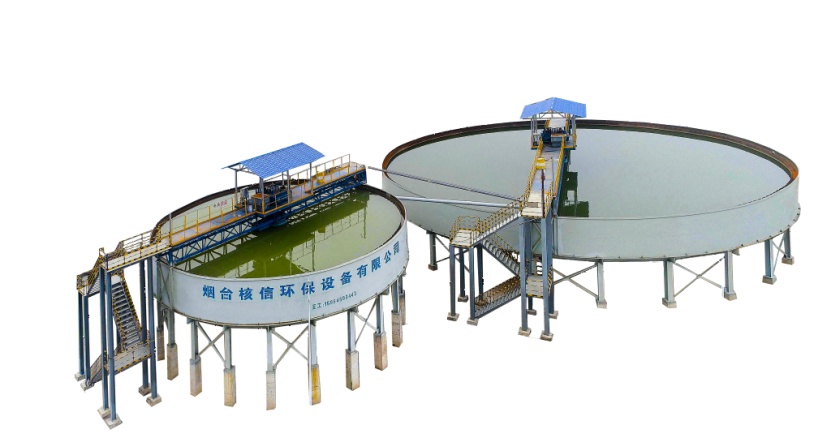
FAQs
What are high-efficiency thickeners?
They’re advanced industrial rigs built to split solids from liquids sharper than old models. They juice up settling rates.
How do high-efficiency thickeners contribute to sustainability?
They boost water reclaiming, sip less power, shrink waste piles, and cut carbon trails in industrial runs.
Which industries benefit most from using high-efficiency thickeners?
Mining, wastewater cleanup, metallurgy, chemical work, and food processing lean hard on them for solid-liquid splits.
What factors should be considered when selecting a high-efficiency thickener?
Think material type, capacity needs, eco-conditions, space limits, and power savings.
Why is customization important in thickening solutions?
It ensures gear fits specific job needs tight while sticking to trade rules.

